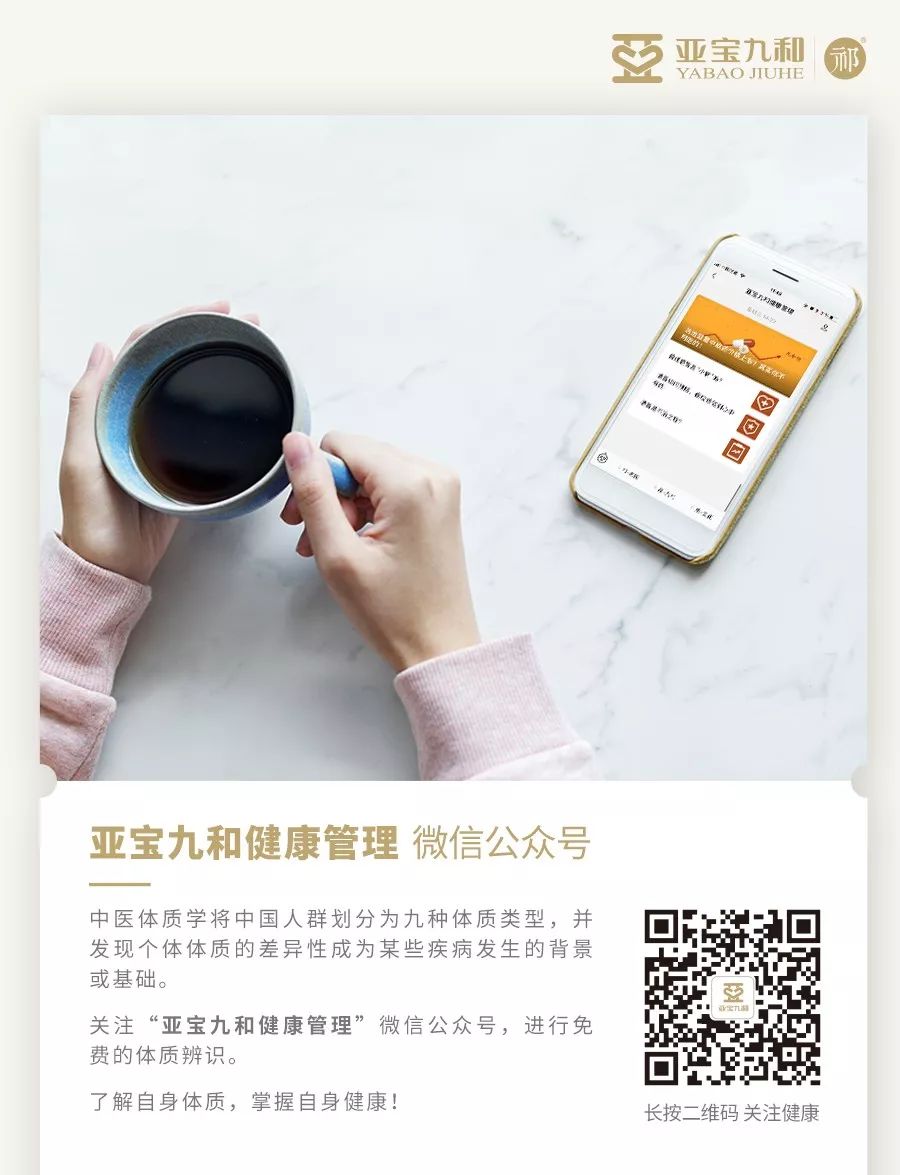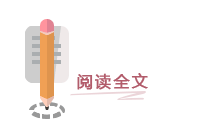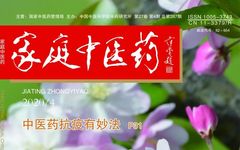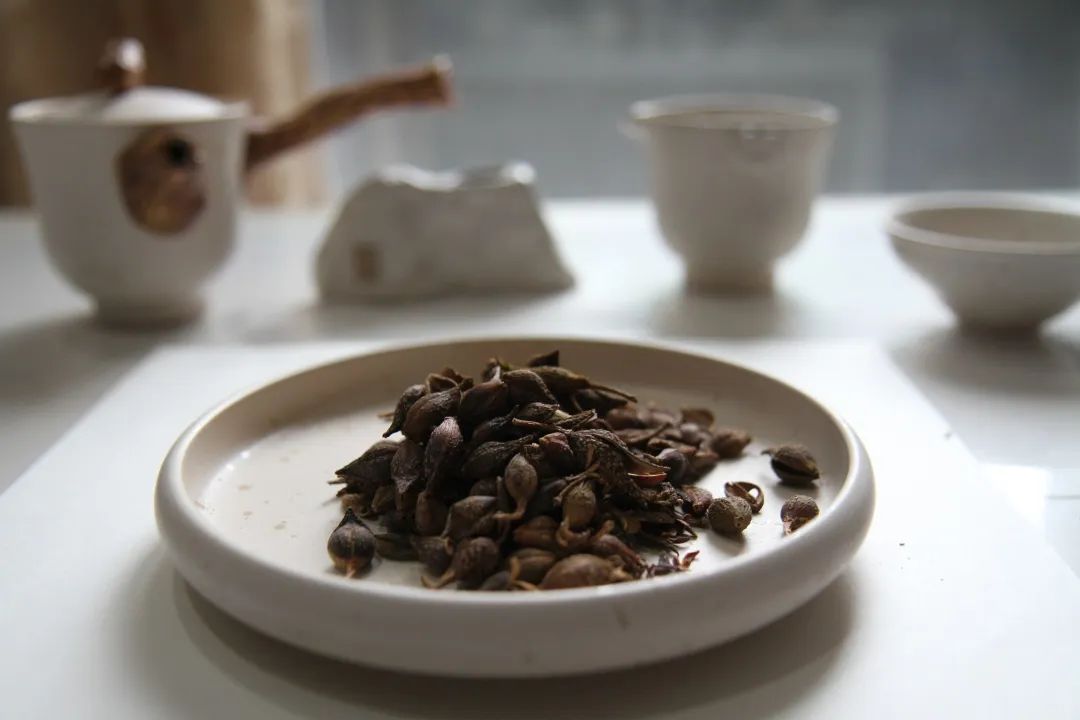
Lian Qiao (Forsythia)
The Suddenly Popular “Holy Medicine for Sores”
Beijing Ditan Hospital, Capital Medical University / Gao Yanjing
As the pandemic continues, the weather is gradually warming, and the footsteps of spring are approaching.
In early spring, when everything is still in the stage of revival, a small yellow flower begins to bloom vigorously. It can be seen in parks, by lakes, along streams, and at bridges, or on lawns, forest edges, and slopes, appearing dignified, beautiful, and full of vitality. Is it Forsythia or Jin Qian Hua (Winter Jasmine)? Many people are confused. Forsythia and Jin Qian Hua do share many similarities; both belong to the Oleaceae family of deciduous shrubs, bloom around the same time, and have yellow flowers that bloom before the leaves. However, with a little attention, they can be distinguished quite easily.
Different Blooming Times: Jin Qian Hua blooms in early spring, while Forsythia flowers a bit later, typically blooming after the Jin Qian Hua has started to wilt.
Different Flower Shapes: Jin Qian Hua usually has 5-6 petals, while Forsythia has 4 petals; Jin Qian Hua has a long trumpet-shaped flower tube, while Forsythia flowers do not.
Different Leaves: Jin Qian Hua typically has 3 small leaves (trifoliate), while Forsythia’s leaves are long and oval, arranged oppositely.
Different Branches: Jin Qian Hua’s branches are soft and droop downwards; Forsythia’s branches grow upwards and are somewhat erect; upon closer inspection, Jin Qian Hua’s branches are quadrangular, while Forsythia’s branches are round; from the cut of the pruned branch, it can be seen that Forsythia’s branches are hollow, while Jin Qian Hua’s branches are solid. Overall, Jin Qian Hua is low and grows with drooping branches; Forsythia is tall and grows with upright branches.
Jin Qian Hua rarely bears fruit, while Forsythia does. The fruit of Forsythia is the clinically widely used heat-clearing and detoxifying herb—Lian Qiao (Forsythia).
The National Health Commission’s “Diagnosis and Treatment Plan for Novel Coronavirus Pneumonia” (referred to as the “Plan”) specifically elaborates on related “Traditional Chinese Medicine treatments,” leading to a surge in popularity for heat-clearing and detoxifying herbs, with Lian Qiao being a standout. The Plan mentions that Shuang Huang Lian, Jin Hua Qing Gan, Lian Hua Qing Wen, Shu Feng Jie Du capsules, and Fang Feng Tong Sheng Wan all contain Lian Qiao as an ingredient. Lian Qiao was first recorded in the “Shen Nong’s Herbal Classic” and is also known as Huang Hua Tiao, Huang Qi Dan, and Lian Ke, with a history of over 2000 years. It began to be widely used in the Song Dynasty and has been included in the Chinese Pharmacopoeia since 1963. Lian Qiao is classified into two types: Qing Qiao (green) and Lao Qiao (old). Qing Qiao is harvested in early September when the fruit skin is green and unripe, briefly boiled in boiling water or steamed for about half an hour, then dried. Lao Qiao is harvested in early October when the fruit is fully ripe and yellow, the fruit shell splits open, then dried and the seeds and impurities are removed.
Research on Lian Qiao in modern medicine has never ceased. The chemical components of Lian Qiao mainly include phenylethanoid glycosides, lignans, triterpenes, flavonoids, alkaloids, and volatile oils. The volatile oils, total flavonoids, rutin, Lian Qiao glycoside, and Lian Qiao ester glycoside content in Qing Qiao and Lao Qiao differ in quantity. The content of total flavonoids, rutin, quercetin, Lian Qiao glycoside, and Lian Qiao ester glycoside in Qing Qiao is higher than in Lao Qiao. Conversely, the content of Lian Qiao glycoside, ursolic acid, oleanolic acid, and trace elements is higher in Lao Qiao than in Qing Qiao. Modern pharmacological studies have confirmed that Lian Qiao has antibacterial, antiviral, anti-inflammatory, antipyretic, antiemetic, diuretic, cardiotonic, and hepatoprotective effects. Pharmacodynamic studies show that the anti-inflammatory active components of Qing Qiao are mainly concentrated in the ethyl acetate fraction, while the hepatoprotective active components of Lao Qiao are best in the water extract; Qing Qiao is significantly superior to Lao Qiao in anti-inflammatory, anti-endotoxin, and diaphoretic effects; there is no significant difference between the two in hepatoprotective and choleretic effects. In cancer treatment, Lao Qiao often shows better results than Qing Qiao. Therefore, different varieties should be chosen for the treatment of different diseases.
Lian Qiao is bitter, slightly cold, and enters the Lung, Heart, and Small Intestine meridians. It can clear heat and detoxify, reduce swelling and disperse nodules, and disperse wind-heat, used for treating carbuncles, lymphadenitis, mastitis, erysipelas, wind-heat colds, initial stages of warm diseases, and high fever with thirst. Lian Qiao has a long history of use in Chinese folk medicine; residents in Shanxi, Hebei, and other regions often make “Lian Qiao tea” as a beverage. Ancient physicians also regarded it as an excellent medicine for treating heat syndromes, frequently using Lian Qiao in combination with various other herbs to treat exterior syndromes, respiratory diseases, dermatological diseases, acute infectious diseases, urinary system diseases, and surgical diseases. Summarizing the experiences of ancient medical texts and modern clinical applications of Lian Qiao, the clinical dosage is generally between 6 to 30 grams, which should be selected based on the disease, syndrome type, and symptoms to determine the optimal dosage and combination of Lian Qiao. For instance, Lian Qiao for clearing heat and detoxifying can be combined with Sheng Gan Cao (Raw Licorice), Jie Geng (Platycodon), Niu Bang Zi (Burdock Seed), Bo He (Mint), Jin Yin Hua (Honeysuckle), Pu Gong Ying (Dandelion), and Ye Ju Hua (Wild Chrysanthemum) to treat exterior syndromes, carbuncles, respiratory diseases, dermatological diseases, acute infectious diseases, and urinary system diseases, with a common dosage of 6-30 grams; Lian Qiao for dispelling wind and promoting diuresis can be combined with Zhi Zi (Gardenia), Che Qian Zi (Plantago Seed), Bai Mao Gen (Imperata), Zhu Ye (Bamboo Leaf), and Mu Tong (Akebia) to treat liver diseases, endocrine system diseases, and neurological diseases, with a common dosage of 6-10 grams; Lian Qiao for dispersing nodules and reducing swelling can be combined with Pu Gong Ying, Qing Hao (Artemisia), Chi Xiao Dou (Adzuki Bean), and Sheng Ma Huang (Raw Ephedra) to treat surgical lymphadenitis, with a common dosage of 6-15 grams. Rational use of medicine based on syndrome differentiation is key.
Lian Qiao is classified as a cold medicine; the “Shen Nong’s Herbal Classic” lists it as a lower-grade herb, and it should be avoided by those with spleen and stomach weakness, qi deficiency with fever, and those with carbuncles that have already suppurated and are pale in color. Literature has reported that the main component of Lian Qiao, Lian Qiao glycoside, has low toxicity and genotoxic effects, and long-term excessive use should be approached with caution to avoid side effects; it should not be used blindly or indiscriminately.
Recommendations
Currently, many of the related Chinese patent medicines recommended in the “Plan” contain Lian Qiao; do not change the dosage or combine them without professional guidance to avoid unnecessary harm to the body. All sales units should strengthen the promotion of rational medication.

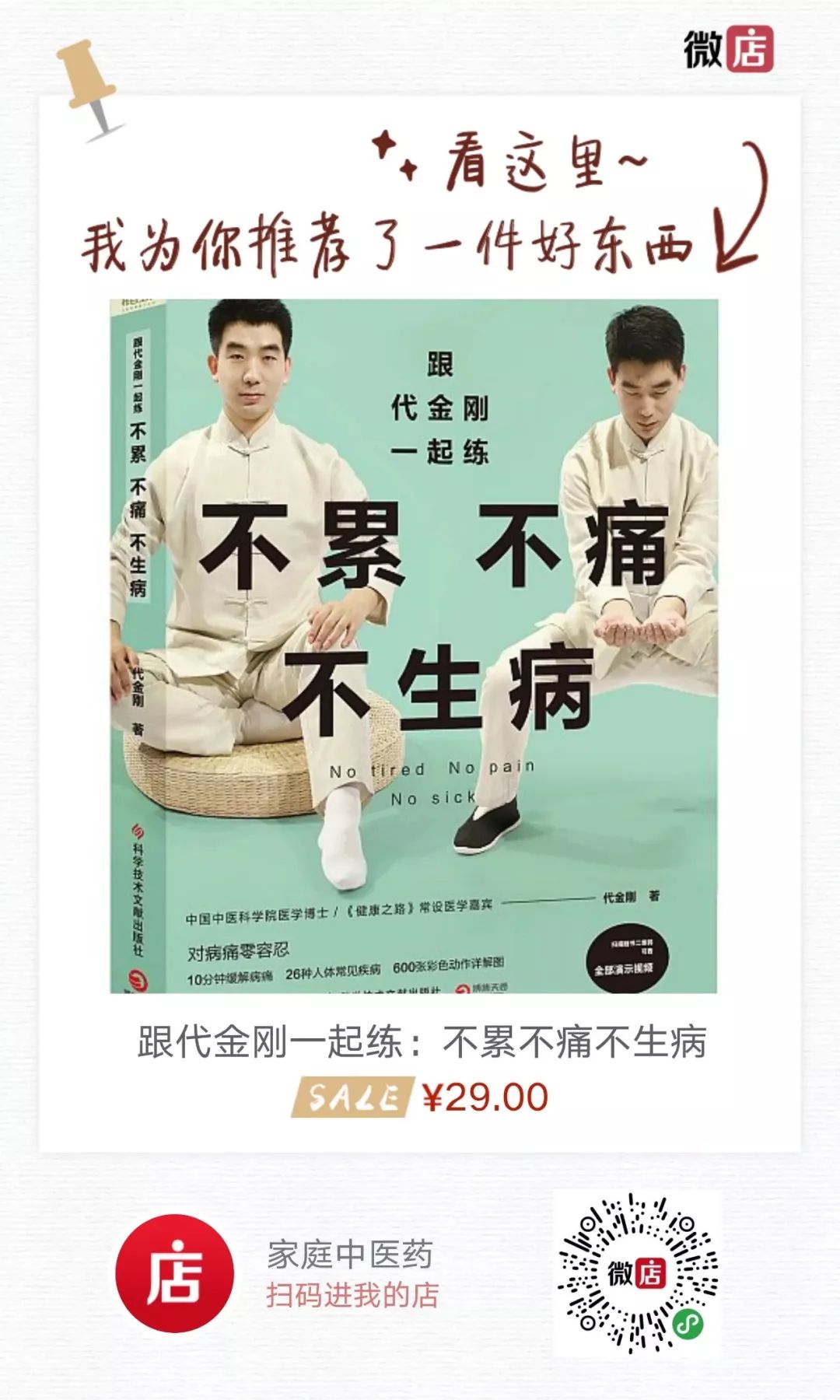
Under the supervision of the National Administration of Traditional Chinese Medicine
Hosted by the Institute of Chinese Materia Medica, Chinese Academy of Traditional Chinese Medicine
Traditional Chinese Medicine Knowledge Health and Wellness Information
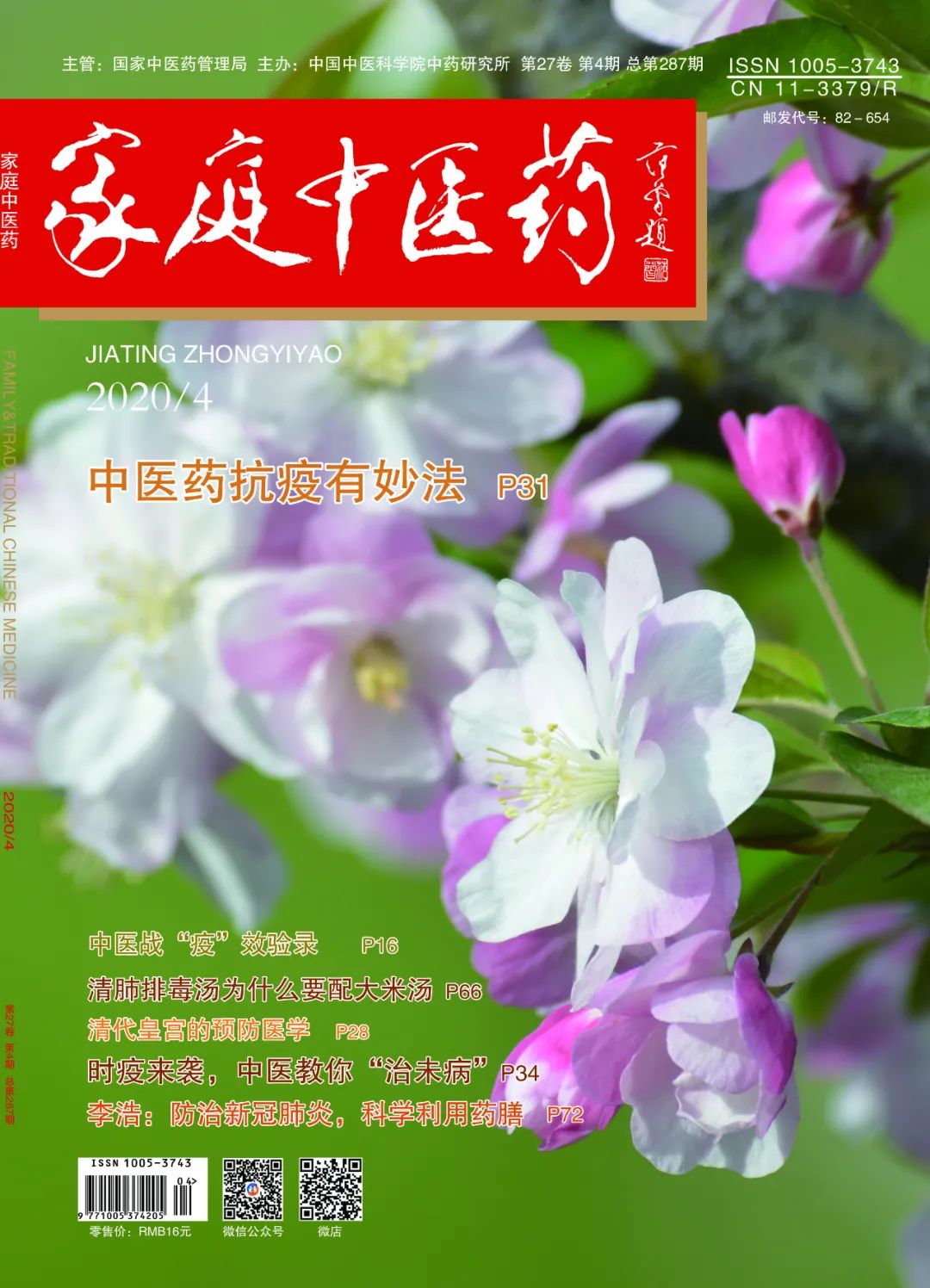
Retail Price: RMB 16
Postal Code: 82-654


Article copyright belongs to the “Family Traditional Chinese Medicine” magazine, unauthorized reproduction or excerpting is prohibited.Image copyright belongs to the original author.
All prescriptions should be used under the guidance of a physician.
Edited by: Xiu Long
Submission Email:[email protected]
